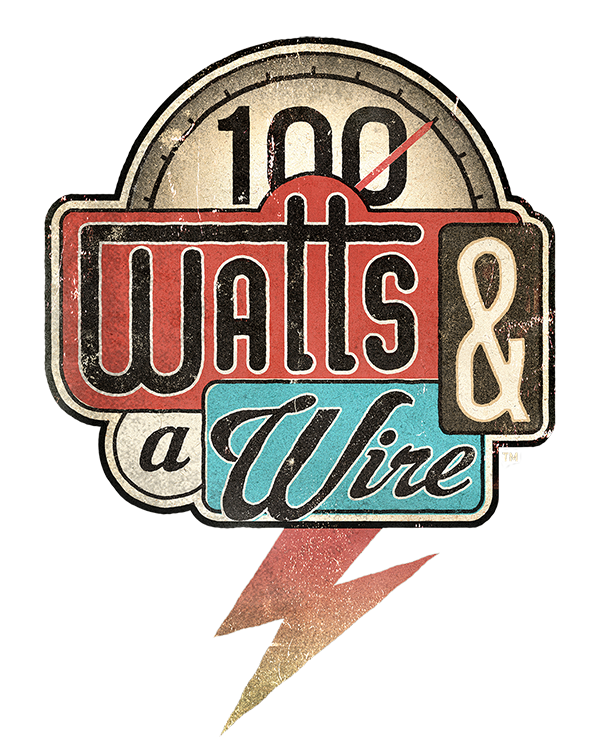One of the subjects in ham radio that commonly falls into this category is attic antennas. Quite often we see questions or hear comments on these antennas, and it seems like the ham radio internet trolls show up in droves to offer their commentary, many of which I suspect are not speaking from personal experience, but rather from the aforementioned disease of "knowitallitis." Whenever I have seen these debates I have just quietly lurked in the background and watched the fray. Moving forward however, this will no longer be the case, because I can now speak from personal experience!
1) Mostly, I wanted to see, first hand, what the hype/anti-hype was all about
2) I had some wire scraps that I could solder together to make longer runs, but didn't want to rely on pieced together wire to hold up outdoors
3) I thought it would probably be quick to throw it up there, vs. getting stuff tossed into trees (I was way off on this!) while I continue building out my shack and antenna farm
- SAFETY FIRST!
- Make sure you do your RF safety evaluation
- With an attic antenna, depending on your ceiling height and attic height, it might only be a few feet from the antenna to the heads of people roaming around under it. hamradioschool.com has a pretty slick RF Safety Calculation sheet available here. For SSB, you'll probably find that you're okay anywhere on HF with a standard 100 watt radio, but if you run high power, or run high duty-cycle modes on 10 meters, you might start running into some of the exposure limits.
- Dangle your ends
- Remember that in a dipole these are high voltage points, so you want to keep them clear of pretty much anything else - since I attached my attic antenna to the overhead rafters, I let the ends dangle down a few inches so they are "hanging free" in the middle of the attic space, away from any of the wood, insulation, other wiring, etc.
- Wear PPE!
- This may seem odd ("It's just my attic") but the company I work for has had several employees injured and one killed, this year alone, as a result of falls and accidents while doing work in attics and on top of joists. We consider minimum safety gear in these environments to be hard hat, gloves, safety glasses, and if there is no walkway built, a safety harness.
- Make sure you do your RF safety evaluation
- As far as antenna's go, it isn't terrible. I can make contacts, so if getting "something" put up that allows you to talk on HF is your primary goal, this will do it.
- Installing it was terrible - attics are hot, and tuning a fan dipole is finicky. Bad combo in the summer time. My roof also has a pretty low pitch, which means the attic is tall enough that you want to stand up, but too short to actually do it. This means you end up doing the squat walk, and constantly bumping your head on the underside of the roof (this is where the hard hat will save you! no one wants a roofing nail in the head!) After even a few minutes of that, I was shot - your mileage may vary depending on the layout of your attic, and your physical condition. For me, I didn't mind doing it, but in another 5 or 10 years, I probably won't want to be screwing around up there:-)
- The attic antenna does pick up more noise than my outside random-wire antenna, but only when the AC unit (which is in the attic too) is running. Other than the AC unit, there isn't much in my attic, so when the AC isn't running, I can't tell a difference in noise between the attic antenna, and my outside random wire. If you have a bunch of wiring and equipment in your attic, you'll probably pick up a lot of noise, if your attic is fairly empty, like mine, you'll probably do just fine.
- I also don't notice a discernible difference in receive signal strength for like 98% of the signals I hear. It's only the faintest signals that I might be able to hear better on one than the other.
- I have set off my fire alarm once when transmitting on 20 meters, - the idea that you can cause issues in other equipment due to proximity of the antenna is definitely a real thing :-) The smoke sensor that activated was on the ceiling below one of the antenna ends - about 2 feet away.
Nope.
Its not that the antenna is bad, its just that it isn't great, and getting it installed in the attic was a genuine pain. Considering I have no antenna restrictions and plenty of trees in my yard, the effort to get this thing put in the attic was completely ridiculous. If you have restrictions that force you into the attic, go for it, but if you can put your antenna anywhere else, try that first - but than again, if you're like me, you've already completely disregarded this entire post, and decided to try it just to learn it first hand...
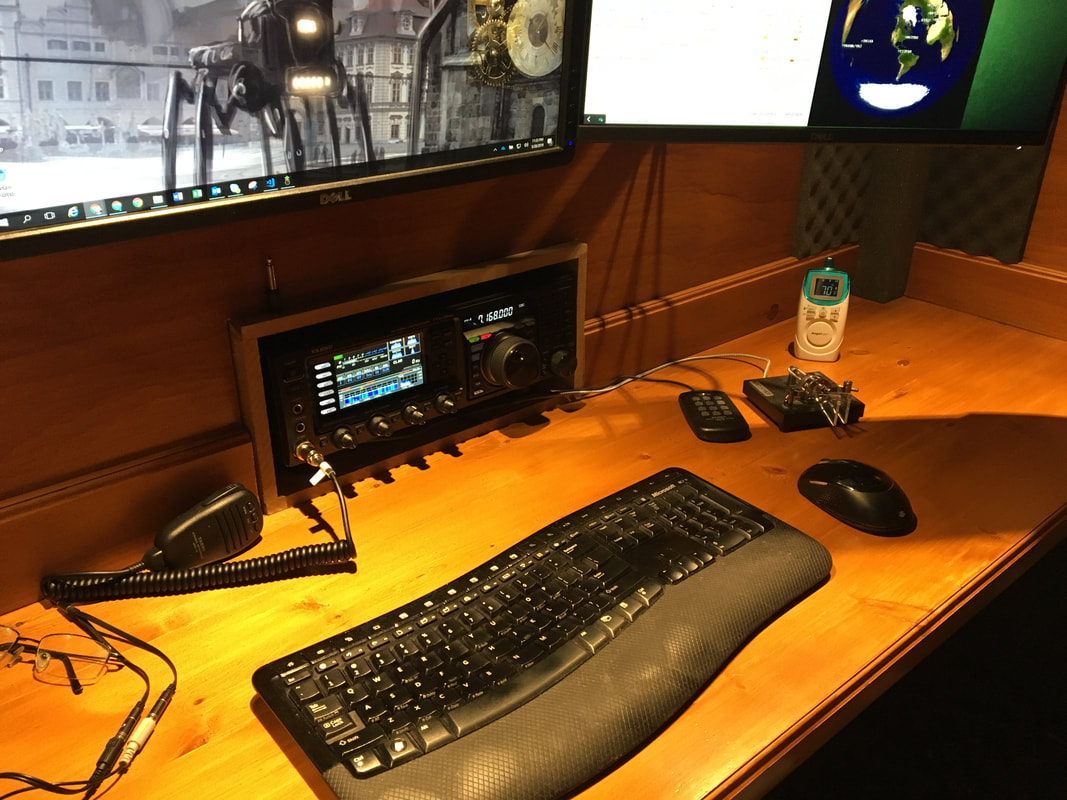
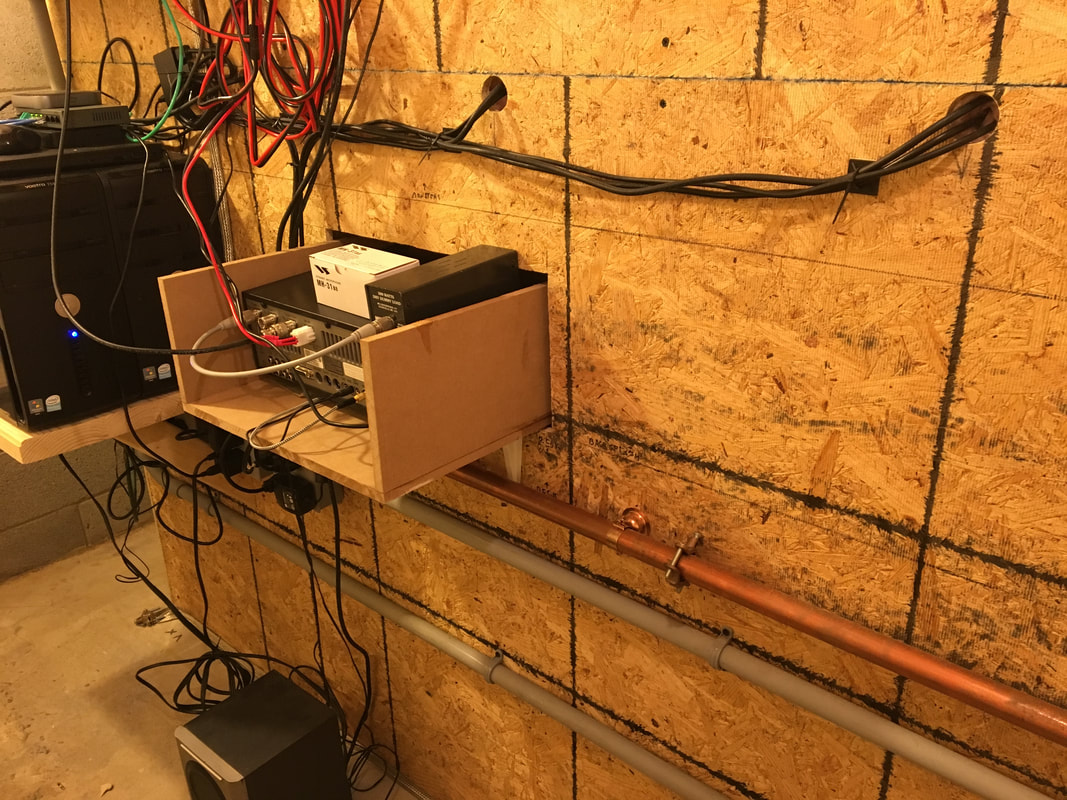



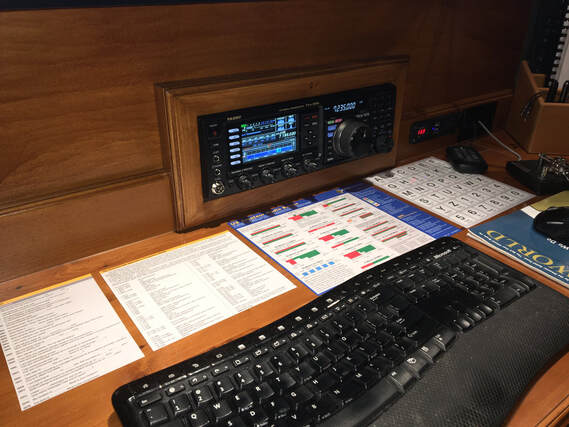
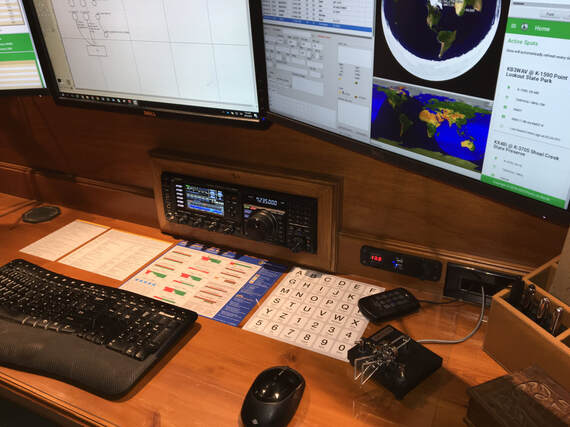
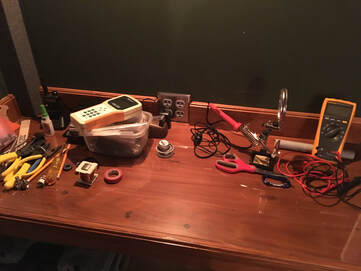
 RSS Feed
RSS Feed


